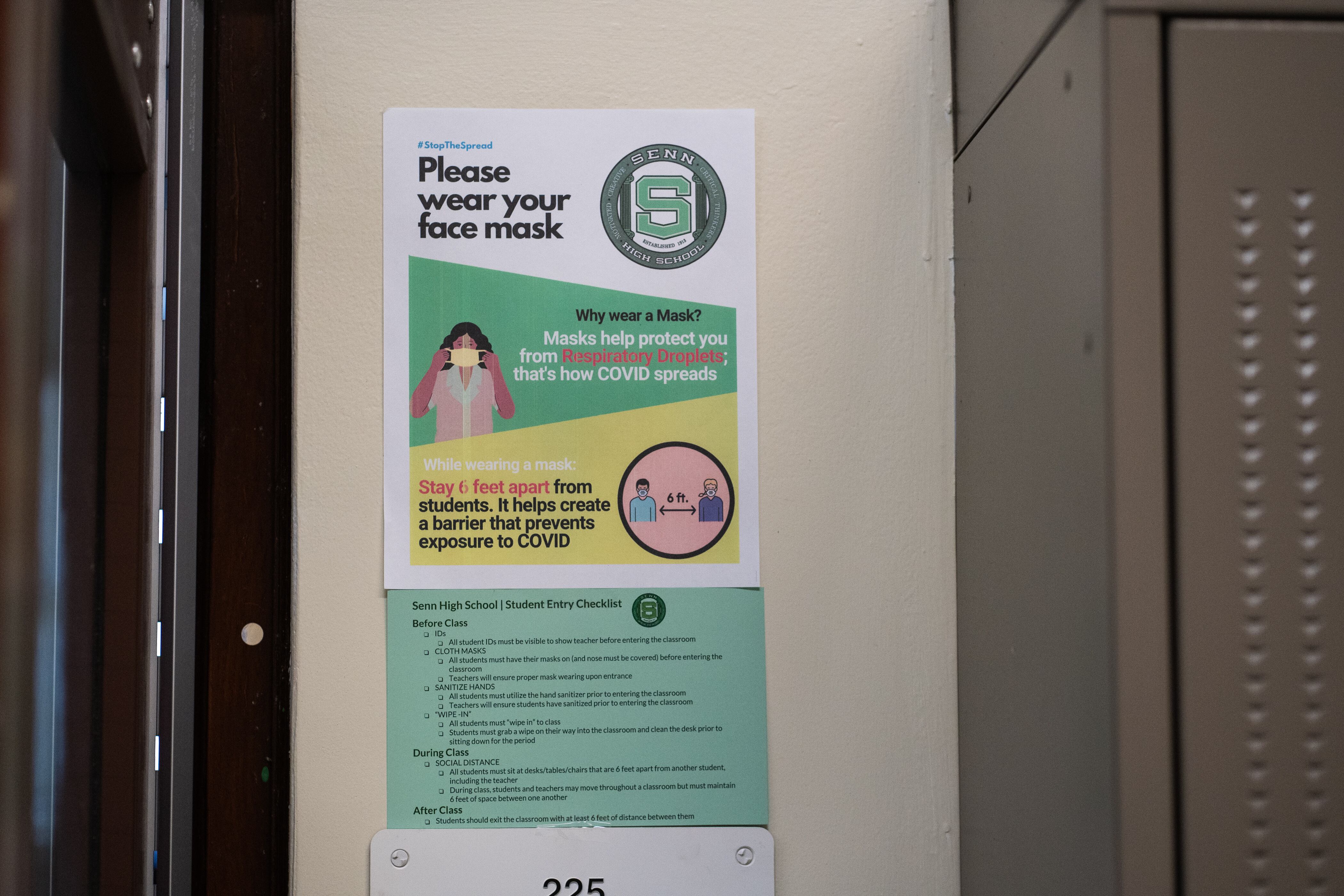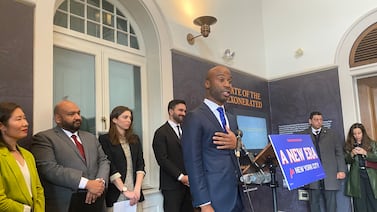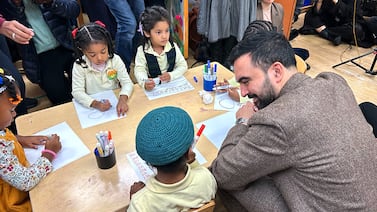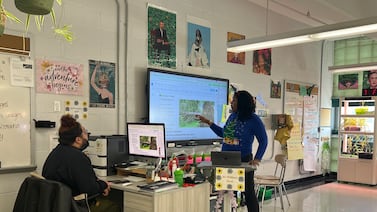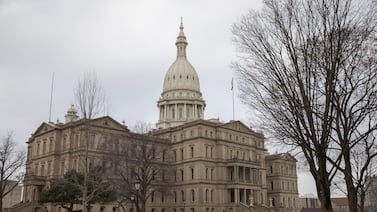As the delta variant spreads, students across the country have seen the start of the school year disrupted by quarantines.
School policies for when and if a student should quarantine after a COVID exposure in class are in flux, though. Notably, many don’t align with the approach recommended by the Centers for Disease Control and Prevention, which adjusted its guidance this summer to exempt vaccinated and, in some cases, masked students.
That may be because districts want a stricter standard. But it may also reflect confusion about the guidance itself. Here’s a quick guide to the CDC’s guidance.
When should students quarantine?
First question: Did a student come into close contact — within six feet, for at least 15 minutes — with a student who has COVID? The 15 minutes could be consecutive or come through three blocks of five minutes over the course of a day.
If yes, what happens next depends on a few additional factors. Is the exposed student vaccinated? If the student is fully vaccinated, they should be referred for testing, but don’t need to quarantine.
If the student is not vaccinated, the next questions are just how close they were to the infected peer, whether both were masked, and if the exposure happened in a classroom.
If the student was in a classroom, at least three feet from the infected student, and both students were wearing masks the whole time, the exposed student does not have to quarantine. But if students were less than three feet apart in a classroom, less than six feet apart elsewhere in school, or either student was unmasked, quarantining is necessary, the CDC says.
In other words, among masked students in K-12 classrooms, the CDC recommends lowering the normal threshold for exposure requiring quarantine from six feet to three feet.
The CDC also recommends universal masking in schools. This combination of masking and quarantine guidelines, if enacted, could significantly reduce the need to send students home for extended periods, limiting academic disruptions.
Finally, it is also possible for a student to be exposed to COVID by an adult. In that case, an unvaccinated student would quarantine if they had come within six feet of the infected adult for 15 minutes or more, regardless of mask use.
When do teachers and staff need to quarantine?
The quarantining recommendations are similar for school staff and students. Vaccinated adults do not have quarantine after exposure, the CDC says.
One important difference: the three-feet classroom exception for students does not apply to adults. That means unvaccinated adults in schools, masked or not, should quarantine any time they have been within six feet of an infected person for 15 minutes or more.
How long should a quarantine last?
The CDC suggests three options for quarantine length: 14, 10, or seven calendar days after exposure.
The CDC describes 14 days as its baseline recommendation, and the other two as “acceptable” alternatives that add some risk of transmission.
If a school adopts the alternative approach, a quarantined individual could return to class 10 days after being exposed so long as they showed no symptoms of COVID. A student or staff member could come back even sooner — seven days after exposure — if they test negative for COVID and have no symptoms.
What about students and staff who get COVID?
Anyone with COVID should isolate at home and not come to school. An infected individual should only return to school, the CDC says, once 10 days have passed since their first symptoms and they’ve gone 24 hours without a fever and their “other symptoms of COVID-19 are improving.”

